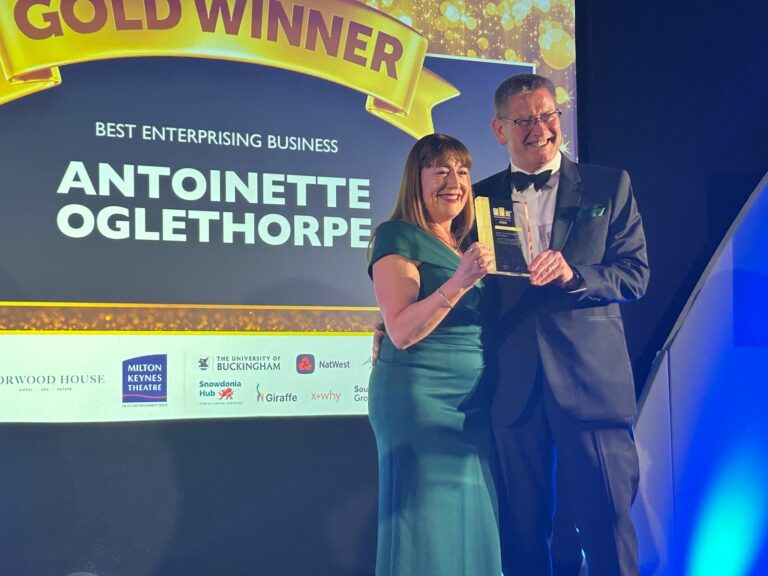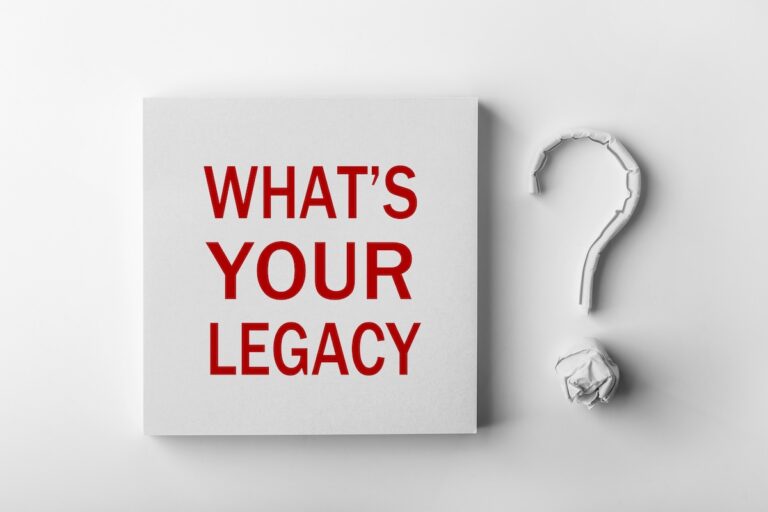Last week I wrote about the leadership lessons we can learn from the Great North Run. I haven’t been running much this week but I have been enjoying the post-race footage in the papers, on the TV and on running websites and Facebook. One of the things that has struck me is that it’s not just the 39,000 runners who make the Great North Run what it is. Over 70 different organisations supported and assisted in staging the race, there are at least 17 different bands who keep runners and spectators entertained, there are 488 medics on the route and many, many others hand out water and ice pops and line the route to cheer on the runners. Different people doing different things based on their individual skills and resources. And the fact is that most of these people don’t get paid to take part – quite the opposite. For most of them they give time and money for the opportunity.
So what can we learn from the Great North Run about how to engage individuals to achieve a common goal and commit the time and effort to take on difficult challenges and hard work?
Every leader knows the importance of creating and articulating a compelling vision to engage employees but it’s more than that. Brendan Foster is the founder of the Great North Run and is rightly proud of the event realising his vision of being the biggest and best half marathon in the world. While I’m sure none of us begrudges Brendan his vision, that’s not why the rest of us do it. We’re not doing it to help the Great North Run be the biggest and best in the world. Like I said last week 39,000 runners are doing it for 39,000 different reasons. It just so happens that by satisfying those different reasons they collectively achieve a bigger goal. Brendan and the event team put in place a framework that allows everyone else to work towards their own personal goals which in turn makes his vision a reality.
There are many psychological theories of motivation but I like the simple approach of a colleague of mine who says that in any specific context, individuals are driven by one of five things. If I think about the different motivations behind people involved in the Great North Run I can see how that works. The five motivators are:
- To get something done e.g. that strangely emotional feeling as you complete the challenge of 13.1 miles
- To get something right e.g. achieving a personal best (not something I experience often!)
- To get approval e.g. approving comments from friends that you’re taking part
- To get recognition e.g. the congratulations from complete strangers at seeing the finishers medal round your neck
- To gain security e.g. raising a certain amount of money for a preferred charity
So, when you want to engage your employees behind your vision ask yourself the question “what’s in it for them?” How can you translate that vision or the change you want to create into something meaningful for employees (rather than senior execs) and how can you create a framework that ensures that your vision will be realised if employees work towards goals that they are personally motivated to achieve.


